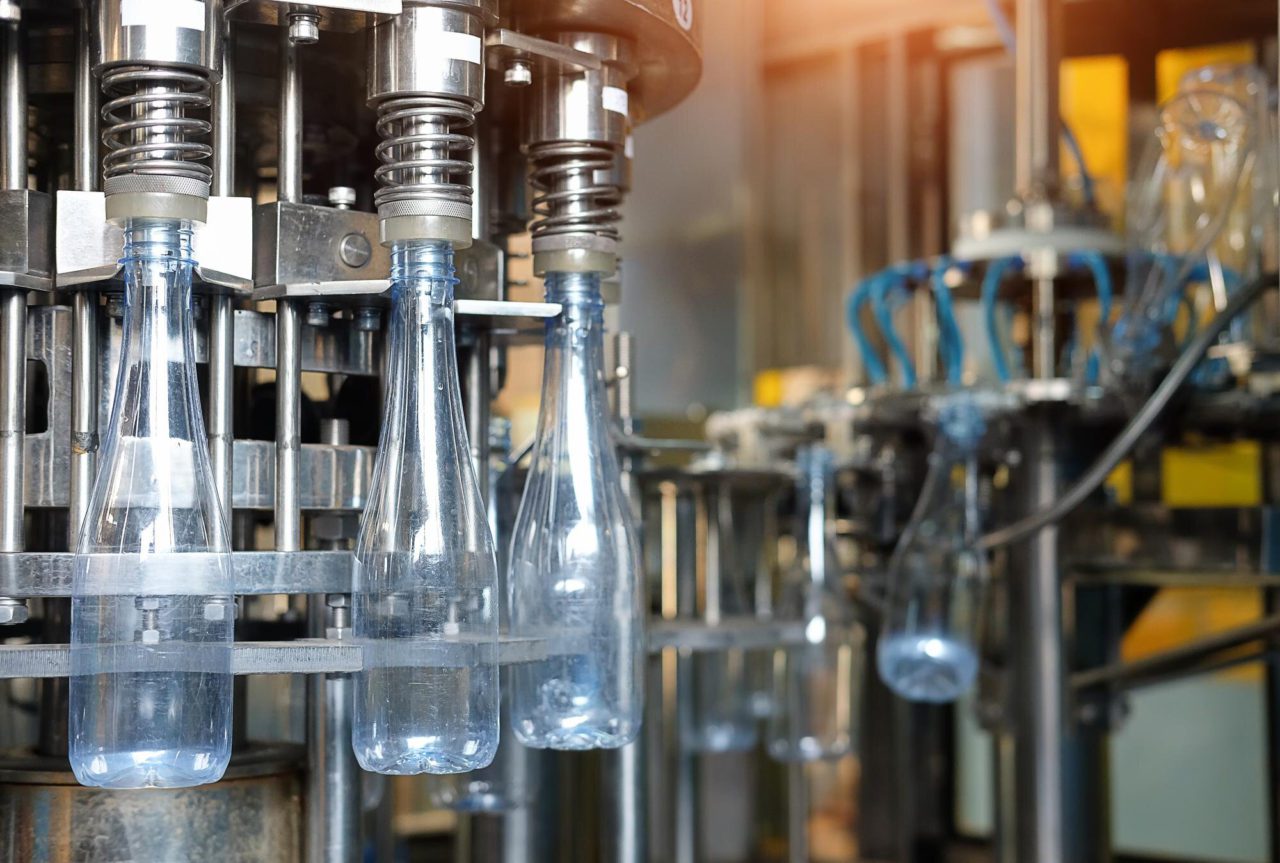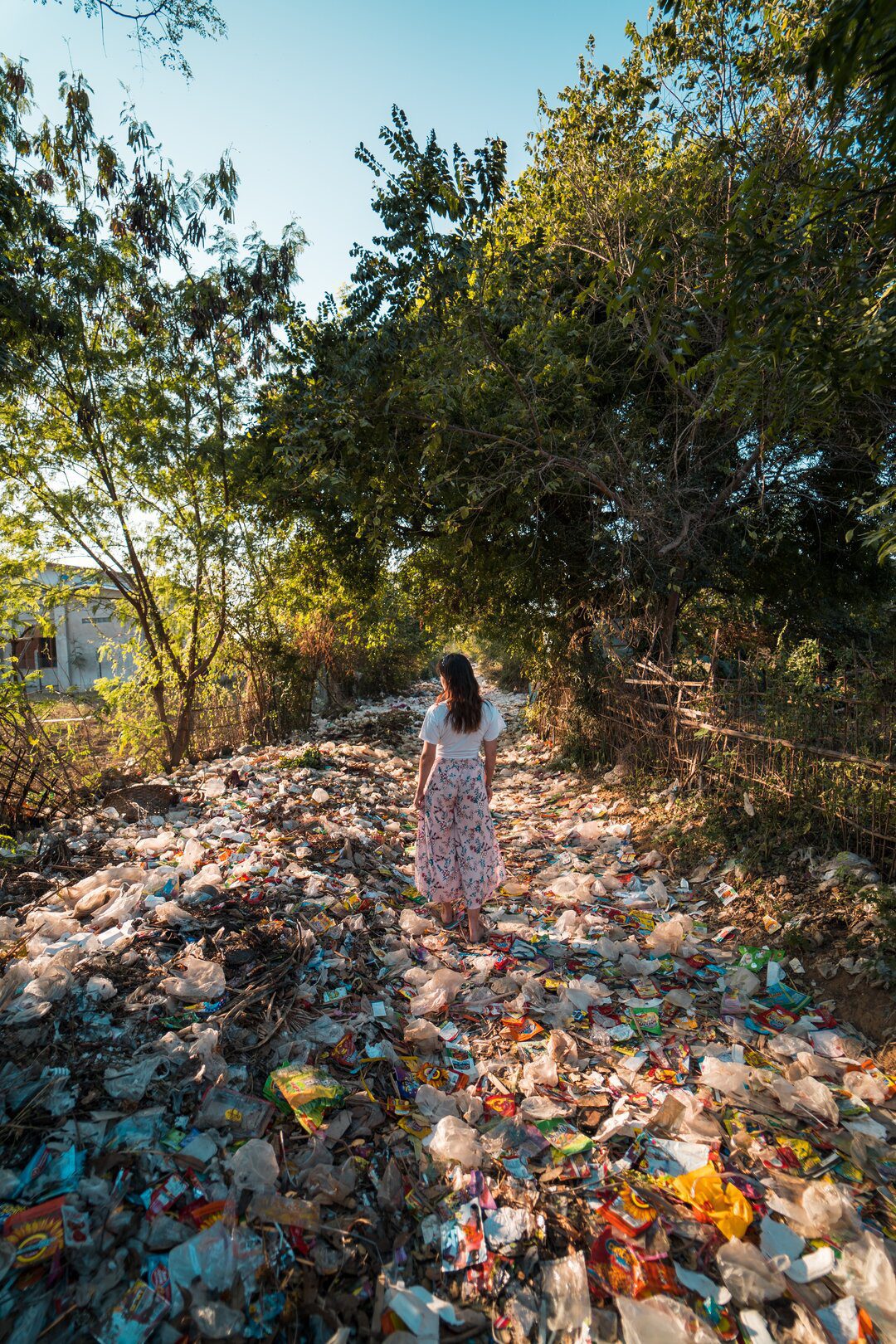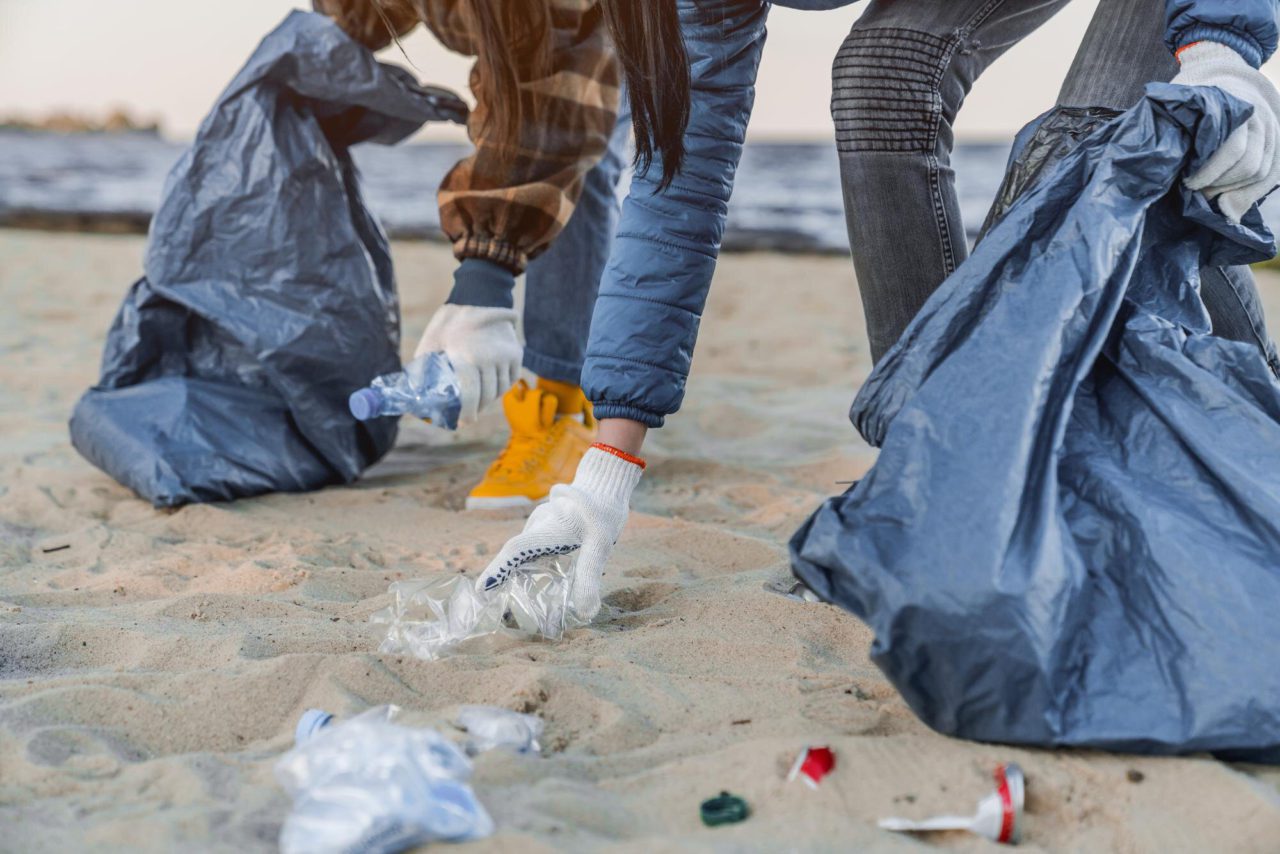PLASTIC CHALLENGE
PLASTIC CHALLENGE
Understanding Plastic issues and potential
Understanding Plastic issues and potential
We must change our behavior towards a better environment
We don’t have a plastic problem; we face a litter problem. We produce too must plastics, we take plastic consumption to the limit and recycle less than 10%! It is human nature to blame anyone or anything except us, but to solve this litter problem, we need to face the true cause of litter. It is and was created by humans. Knowing that the human behavior is the cause of litter we must educate our children and take steps to ensure that everyone acts responsibly towards a better and cleaner future.
Tons of plastic produced every year


The world is producing twice (x2) as much plastic as 20 years ago. 85% of all plastic produced is still in landfills and dump sites.



The world was estimated to generate 2.24 billion tons of solid waste, amounting to a footprint of 0.79 kilograms per person per day.



Only 10% of all world’s plastic been recycled more than once and 1.2% of all world’s recycled plastics are still in use.
The world produces twice (x2) as much plastic as 20 years ago. 85% of all plastic produced is still in landfills and dump sites.





The world was estimated to generate 2.24 billion tons of solid waste, amounting to a footprint of 0.79 kilograms per person per day.
Only 10% of all world’s plastic been recycled more than once and 1.2% of all world’s recycled plastics are still in use.



Sources: UNEP, World Bank, OECD
Of everything we use is wasted
Worldwide Plastic that we recycled
Eco-Innovation


This is key to decrease the impact on the environment.
Awareness


This is the driver to rise the recycled plastics usage.
Performance


Better waste management systems make efficient recycling processes.
Imagine a world where businesses, cities, nations, their people and the planet thrive. This world is possible: it's a circular world.
Imagine a world where businesses, cities, nations, their people and the planet thrive. This world is possible: it's a circular world.
PLASTICS MYTHS & FACTS
It is popular to blame plastics for the existing pollution on our environment! By the contrary, plastics are not responsible for that and are in fact a part of the solution for a better environment.
When compared to paper, cotton, glass and metal, common plastics like PET, PE and PP are the best choices according to multiple independent lifecycle analyses from all around the world. Replacing plastic means 3-4x times more materials and waste, more energy consumed, and more CO2 emissions.
Plastics make up less than 1% of materials we use, either by weight or by volume. So, even if we eliminated plastics tomorrow, it would not make a big difference to this problem.
Whether the litter is paper, metal, glass or plastic, the cause is human behavior and the solution is to change that behavior through education and regulation.
Standard plastics degrade outdoors in a few years, or even sooner, because they are chemically unstable. If they are not stabilized, they simply degrade and become useless.
There are several LCA (lifecycle analysis) studies about soft drink containers and they all agree that plastic containers made of PET or HDPE are the greenest recyclable choice. Steel, aluminum, and glass are all far worse for the environment as they take far more energy, generate far more CO2 and far more waste.
Plastics make up less than 1% of materials we use, either by weight or by volume. So, even if we eliminated plastics tomorrow, it would not make a big difference to this problem.
Whether the litter is paper, metal, glass or plastic, the cause is human behavior and the solution is to change that behavior through education and regulation.
Standard plastics degrade outdoors in a few years, or even sooner, because they are chemically unstable. If they are not stabilized, they simply degrade and become useless.
Plastics
Myths & Facts
It is popular to blame plastics for the existing pollution on our environment! By the contrary, plastics are not the responsible for that and are in fact a part of the solution for a better environment.

